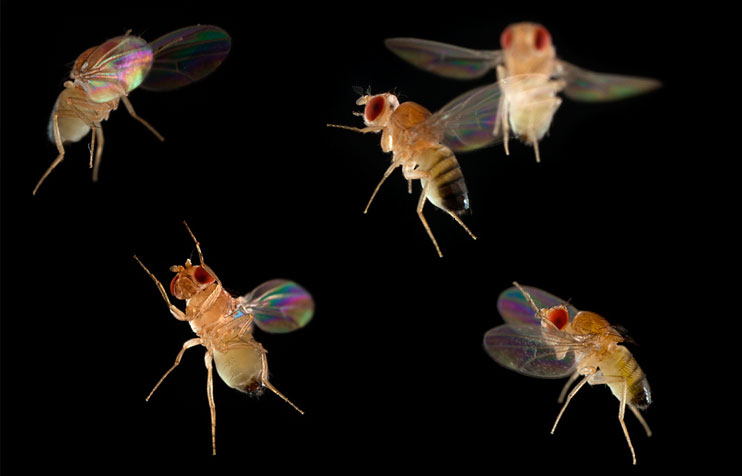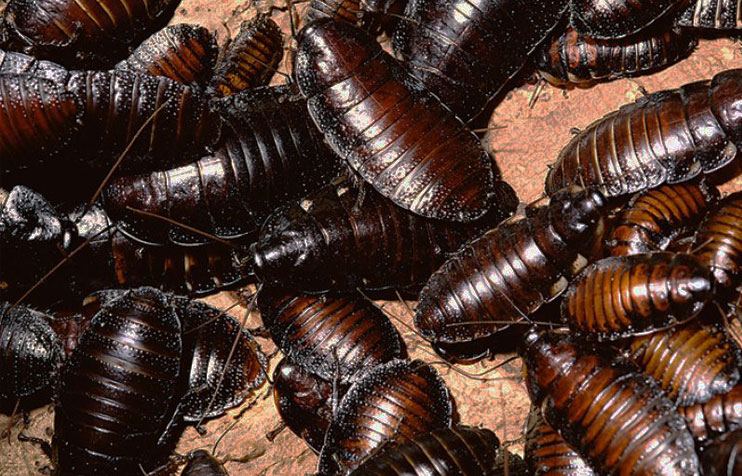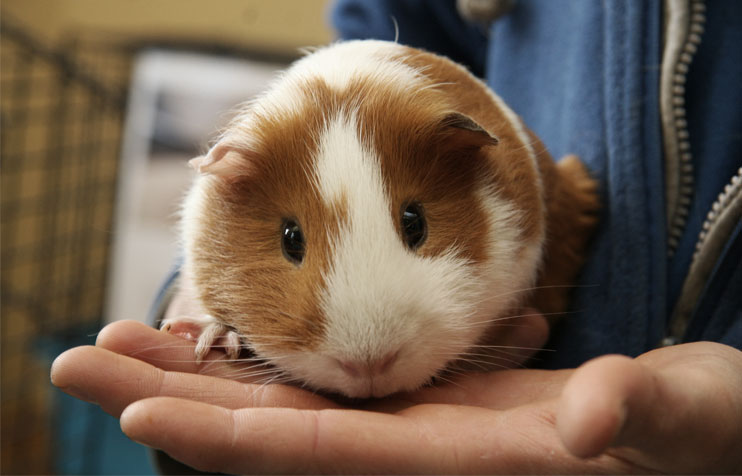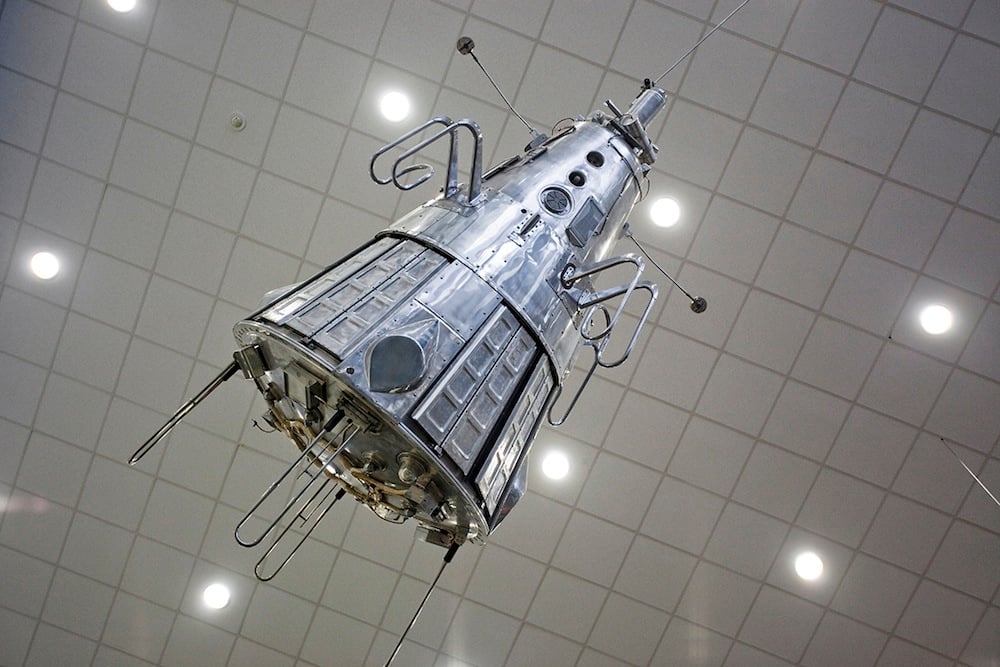Space odyssey: 10 of the most unusual creatures sent into space

With the fate of Russia's space-bound geckos making headlines in recent weeks, we bring you a list of some of the strangest creatures to join the ranks of the interstellar menagerie
The fate of the five “sex geckos” sent to space by Russia last month made headlines around the world. The stranded reptiles were part of an experiment on weightlessness and sexual behaviour in space. When Roscosmos, Russia’s Federal Space Agency, briefly lost contact with the satellite carrying them, followers of the story were left on tenterhooks for days until communication was eventually regained. The geckos are safe and still in orbit. But their story sheds renewed light on the long line of earthly creatures rocketed into the cosmos since the 1940s by space agencies around the world.
The best known of these are the space dogs Belka and Strelka, launched on the Sputnik 5 capsule in 1960, whose safe return gave the Soviets the reassurance they needed to send Yuri Gagarin into space a year later. Since then the list has gone progressively more out of this world.
Rabbit

Marfusha (Little Martha) was the first rabbit astronaut launched into space. Along with her sidekicks, the dogs Otvazhnaya (Brave) and Snezhinka (Snowflake), the trio returned from their Soviet-backed suborbital flight in good health in 1959. The image of Marfusha and her canine companions even inspired a special issue Romanian postage stamp in 1959.
Tortoise

The first tortoises sent into cosmos in 1968 also became the first creatures ever to venture into deep space. Sent by the Soviet Union on a circumlunar trip, the two explorers survived the flight, crashing safely into the Indian Ocean on their return. The tortoises showed that living creatures could complete the lunar voyage unharmed, apart from losing a little weight, with their trip said to have paved the way for future travellers to the moon.
Honeybees

Over 3,000 honeybees were sent to space in a cage on board NASA’s Space Shuttle Challenger in 1984, in another test of livability in zero-G conditions. By the end of the seven-day mission, the bees had acclimatised to the lack of gravity and even made honeycombs in a similar size and shape to their earthly counterparts.
Jellyfish

In 1991, NASA sent 2,478 jellyfish polyps into space in a container of artificial seawater to test both their reproductive abilities and the impact of weightless on their physical development. When the experiment ended 20 years later, 60,000 jellyfish returned to Earth safe and sound. The experiment revealed that humans and jellyfish shared a unique characteristic — the ability to re-orient themselves to local gravitational conditions.
Fruit flies

In 1947, fruit flies became the first living organisms to be sent to space. Packed into a container with seeds of corn, the flies were an experiment by the US to test the effects of radiation on DNA in preparation for human space flight. The flies returned to Earth in rude health, opening the doors to more ambitious animal test flights.
Monkey

An unsung hero of animal astronauts, Albert I paved the way for a host of creatures to enter space after his trip in 1948 on the US spacecraft V-2 Blossom. Although Albert I suffocated during the flight, thereby raising questions about the safety of space travel, his successor, Albert II, met with a more successful fate, returning to Earth unharmed.
Madagascar hissing cockroaches

With a reputation as one of the hardiest creatures on Earth, it was only a matter of time before cockroaches were sent into space to really prove their resilience. In 2006, four Madagascar hissing cockroaches were packed into a miniature inflatable space hotel and sent up in a Russian rocket at the behest of Robert Bigelow, a US millionaire hotel entrepreneur. Four hours later and the inflatable guesthouse successfully expanded to a width of four metres, thereby allowing Bigelow to test the possibility of one day creating a human-size space hotel. A year later, Nadezhda (Hope), a common Russian cockroach, became the first creature ever to conceive in space, her 33 babies hatching on Earth after the 12-day mission.
Bullfrogs

In 1970, NASA launched a spacecraft carrying two bullfrogs to investigate the effects of weightlessness on the otolith — a structure in the inner ear that helps to maintain balance and fend off motion sickness. The six-day mission found that the frogs remained healthy throughout the flight and by the final day had adapted to their environment.
Cats

In the early 1960s, more than a dozen French cats underwent intensive training for possible space travel, but it was Félicette, or “Astrocat” as she became known, who made the cut. In 1963, the French space agency made her the first feline to travel beyond Earth, reaching an altitude of 130 miles before parachuting back to the ground in her detachable capsule.
Guinea Pig

The first guinea pig to enter space was accompanied by a troop of mice and a dog called Chernushka in March 1961 on the Soviet Sputnik 9 spacecraft. The trip was the last in a series of space voyages launched as precursors to manned space travel. The safe recovery of the capsule and its travellers gave the Soviet state the green light to send Gagarin on his voyage into space a month later in April 1961.

